Symbolic
1
2
3
The consciousness of human existence in the physical world can be divided into two categories, as what can be known and what cannot. What can be known is what can be predicted with a fair degree of certainty, such as the result of jumping off a tall building. What cannot be known with certainty is things like life after death, one's fate, or the purpose of the universe. Those who have a propensity to rely primarily on the known world for the means of directing their lives such as science
is what is called secular. Those who rely on agencies of the unknown such as God or faith, are what is called religious.
Because the unknown is the absence of sensory perception and substantiation, what is unknown is empty and void. This void
is the ability of the mind to create anything that can be imagined. A published page is filled and set with some
definitive text or images. The more real or credible it seems the less one is inclined to substitute alternatives. The blank piece of paper can be filled with any drawing or writing of the individual's choosing. Thus void, or the absence of material form and a certainty of existence is an element of the ability to create form. The state of the unknown is imagination, creativity, spontaneity, dreams fiction, art, innovation, invention and all free will. The mind possesses the ability
to create symbols for the unknown. While the physical world is apparent to the senses, its reason for existence, its purpose and meaning is unknown. This unknown character allows for the creation of an infinite number of scenarios and interpretations concerning these questions.
RELIGIOUS PARADOX (1 of 3)
Next Page

![]()